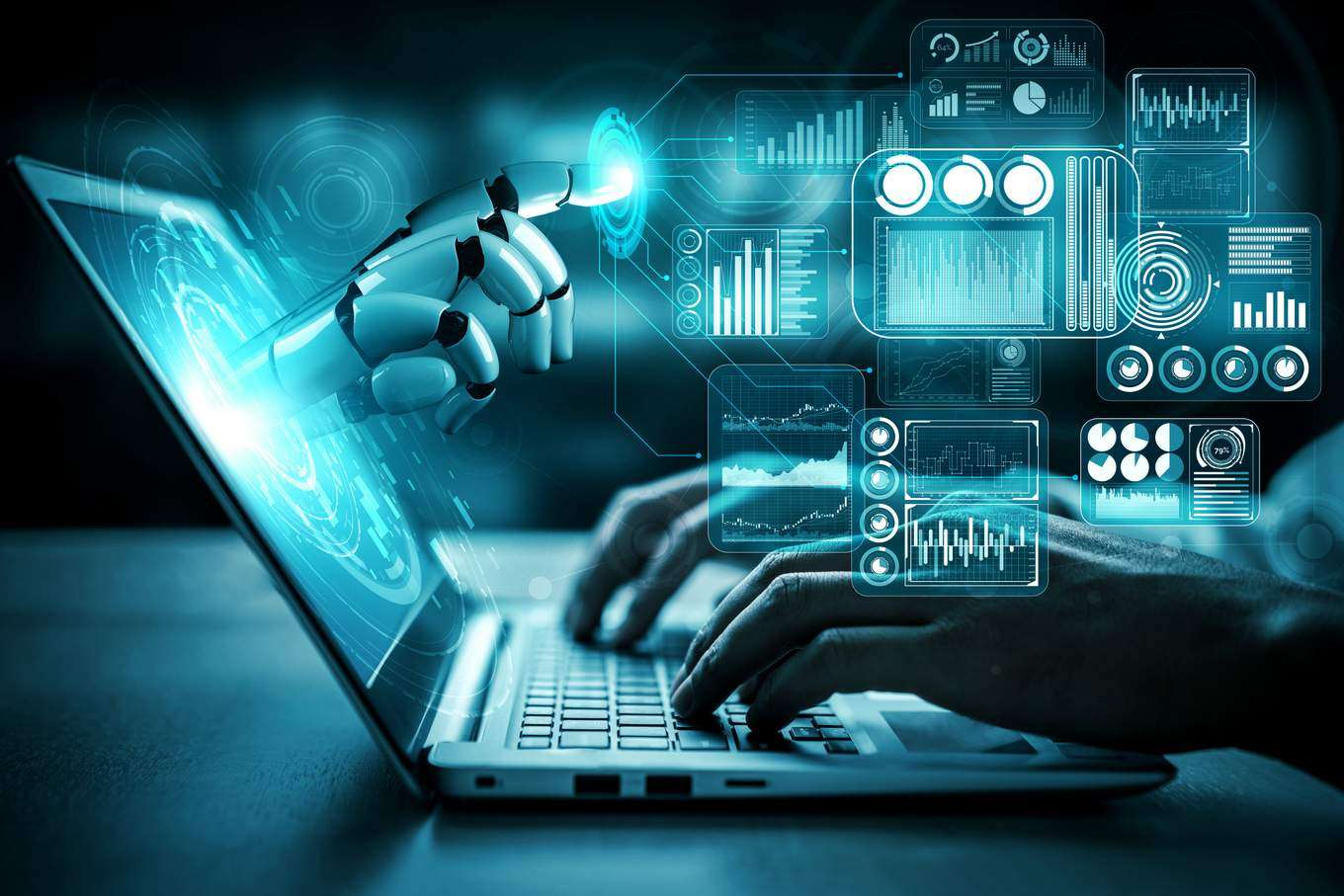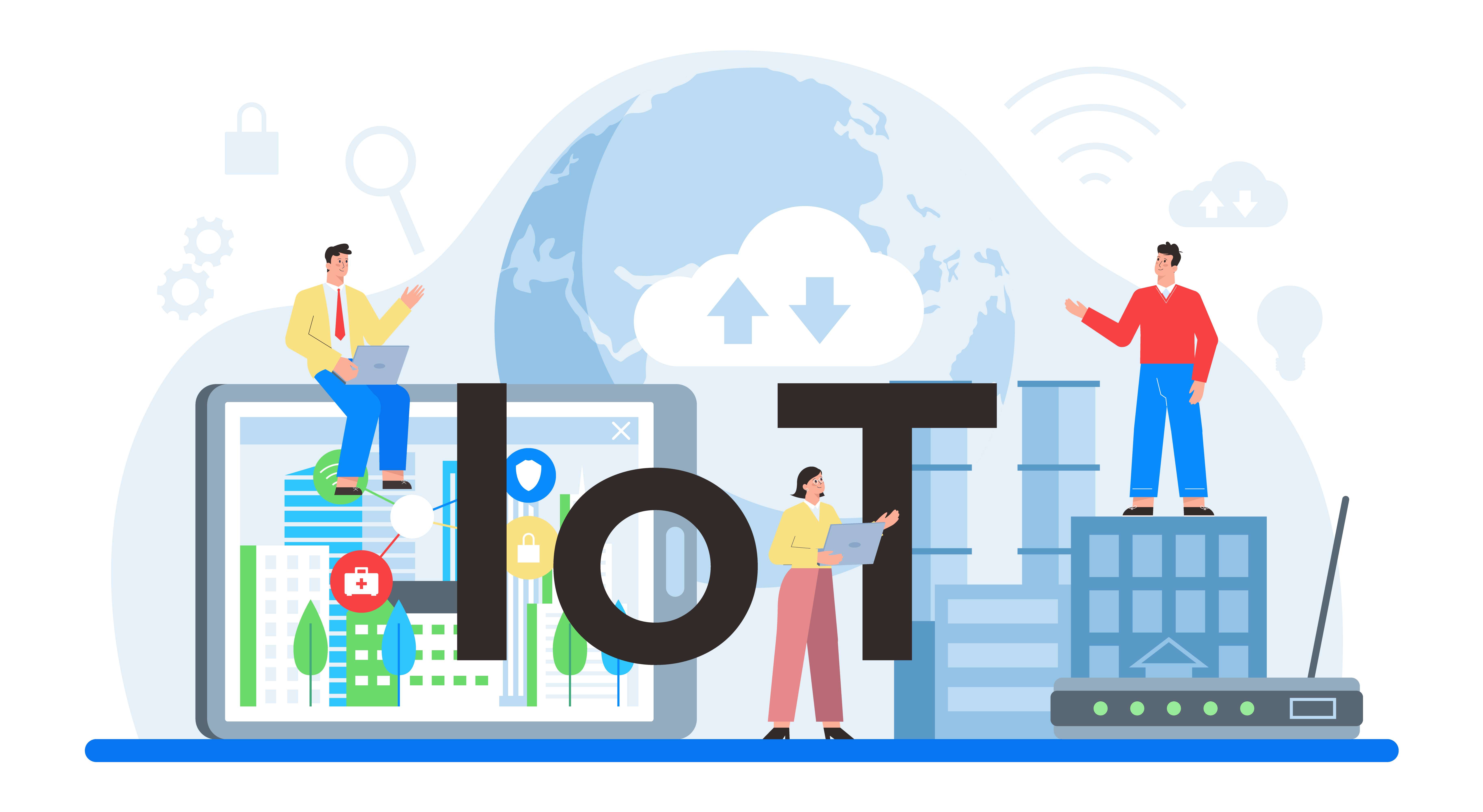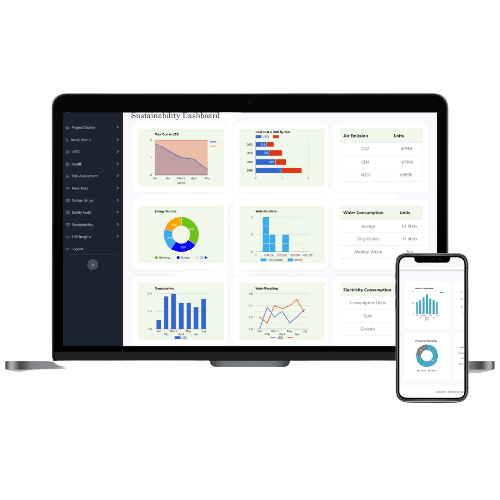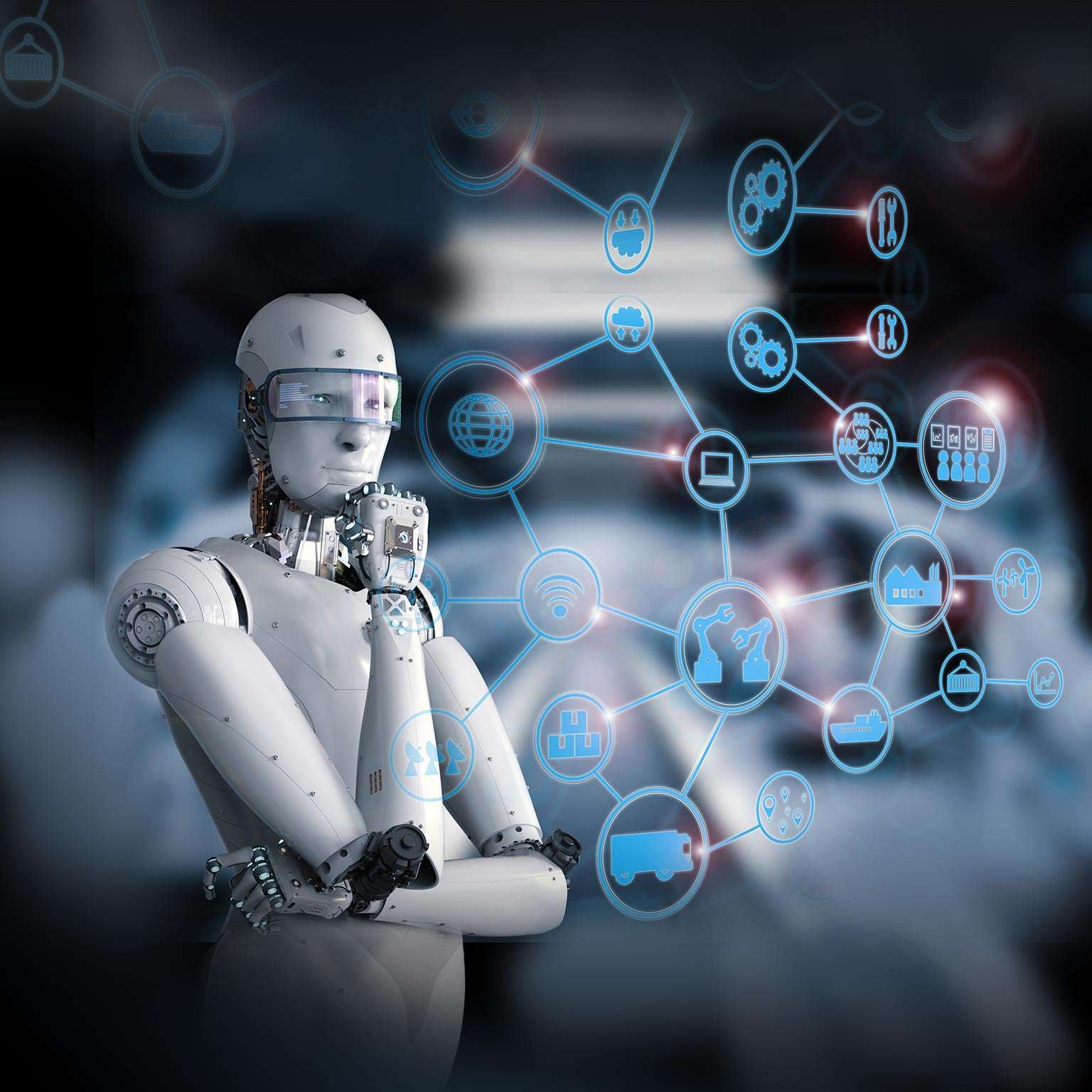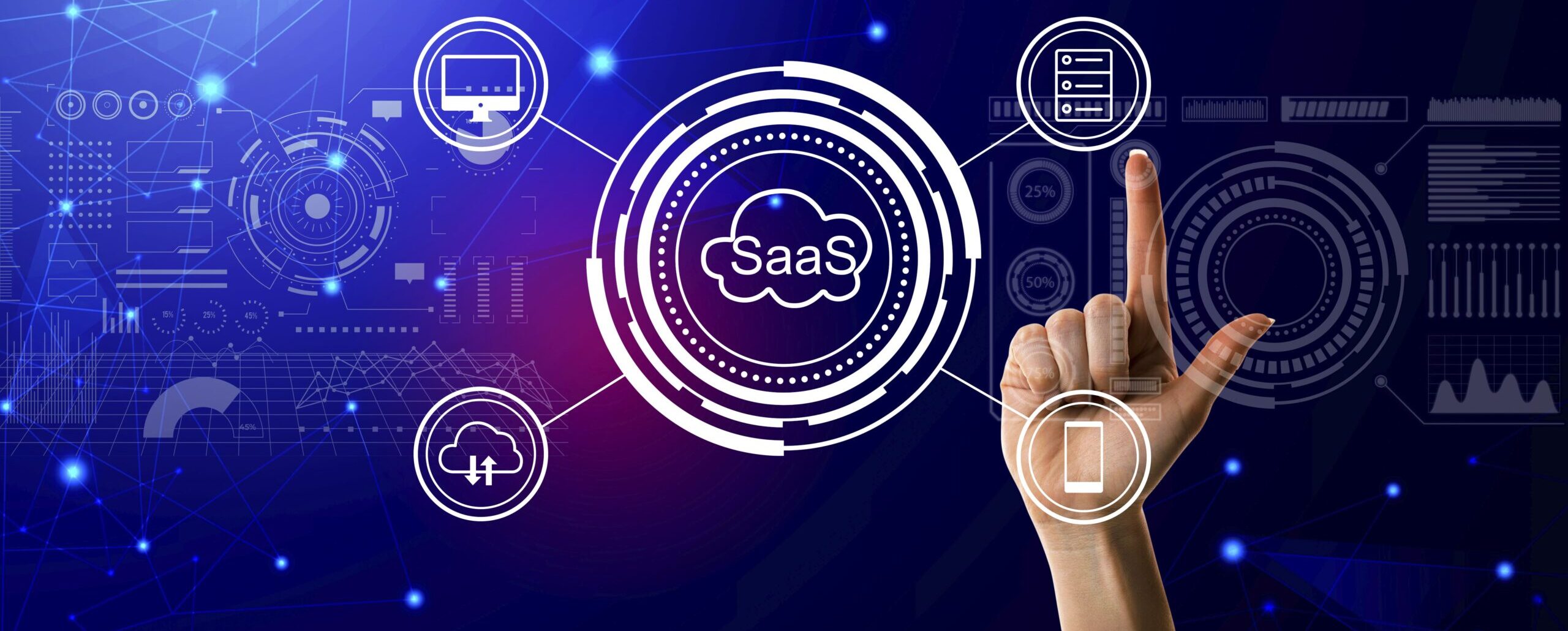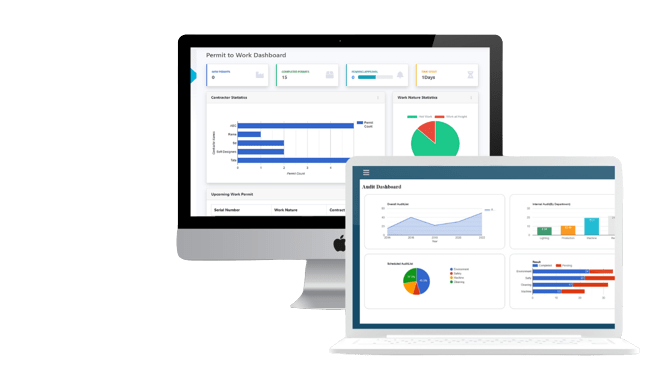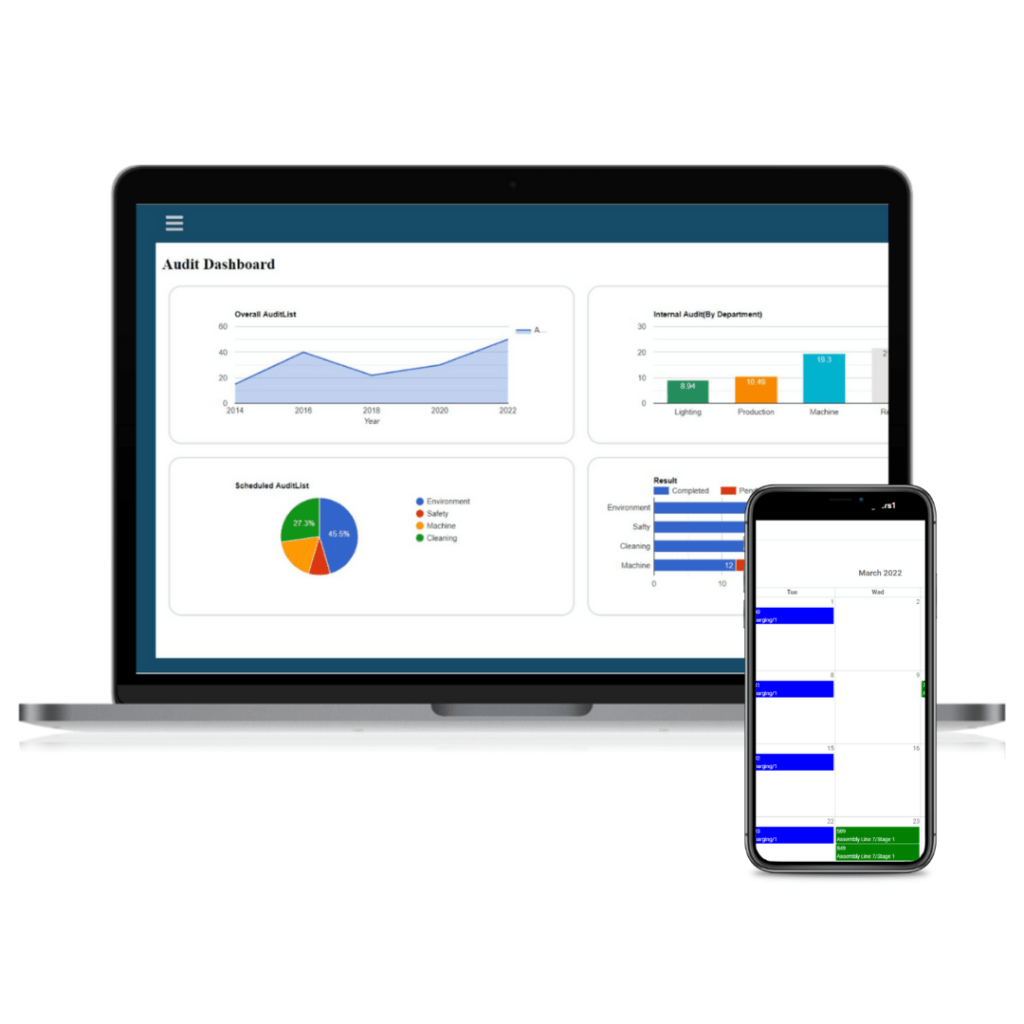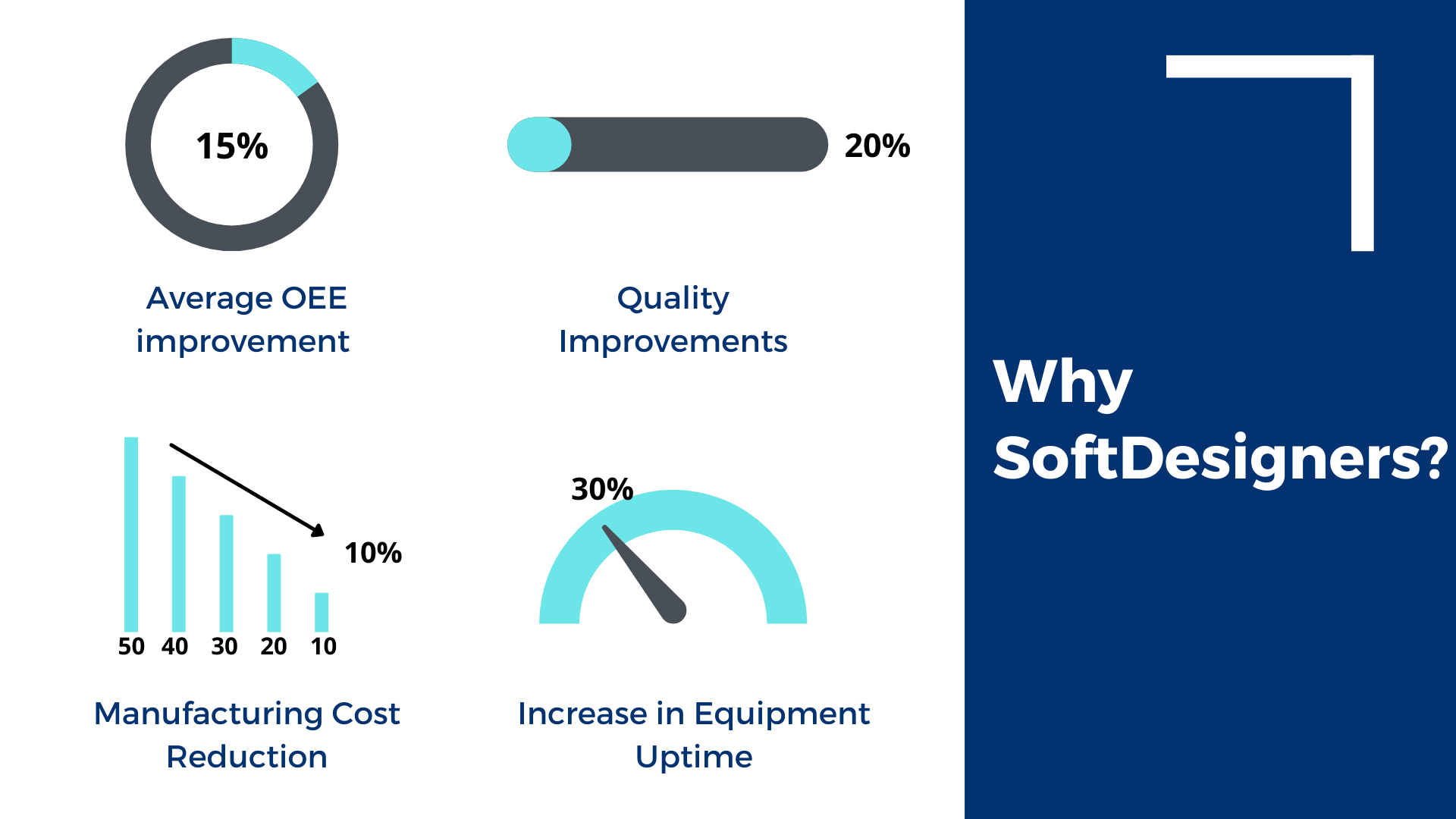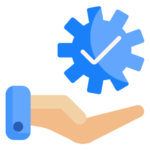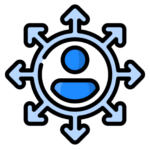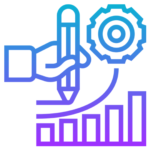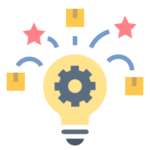What is Industry 4.0?
In order to understand what Industry 4.0 is, we must understand the concept that defines it. Nowadays, digital means are being used to connect domains, making it easier to relay & process system information. As a result, products and means of production can communicate, which makes the output more efficient, optimizes processes, and creates added value.
Industry 4.0 refers to the modern phase of the industrial revolution that focuses on automation, machine learning, real-time data, and interconnectedness. As a result, it is dramatically altering how businesses operate, leading to rapid changes in resourcing, technology, and capital investments.
Manufacturing and supply chain management (smart machines) are enabled by the integration of physical production and operations with technology.
Why Industry 4.0?
In Industry 4.0, a self-organized production environment is achieved through the interaction between humans, machines, production lines, software systems, such as MES and ERP, and the products themselves in real-time.
In comparison with previous industrial revolutions, Industry 4.0 is more complex. It is composed of advanced processes, cutting-edge technology, and methods to ensure communication among them.
Which smart industry service provider is best?
Industry 4.0 aims to create real-time value by automating end-to-end processes. With the help of Industry 4.0 technology, thousands of companies are reinventing their digital supply chains – focusing on customers and connecting their entire organization. The use of Industry 4.0 technology provides manufacturers with the ability to connect what were once separate processes across the organization to provide a more transparent, visible, and useful view.
Yes, we are living in the digital world. Every industry is willing to transform its industries. But very few industries have achieved this by implementing digitization with the right guidance.
Softdesigners-Digital transformation experts are a young, innovative team and successfully implemented digitization technologies in pan India and the US.
How soft designers are best in Industry 4.0 technologies?
Internet of Things (IoT): The manufacturing units can generate data from their machines and processes for predictive maintenance and enhanced efficiency by utilizing sensors, and automation systems.
Cloud Computing: By using cloud technology, industries can create an environment of digital integration and collaboration. Using cloud computing, one can exchange data in real-time, connect people, and get real-time visibility. A cloud solution also provides companies with better flexibility, increased production capacity, and improved controls of costs as well as improving the efficiency of manufacturing processes and supply chains.
Artificial Intelligence and Machine Learning: AI or Machine learning is the utilization of algorithms to analyze data and generate conclusions that are not programmed by humans. These machines learn from data in order to make more accurate predictions over time.
Augmented Reality: In augmented reality, sensory input is overlaid onto the real world, usually visually.
Do you want to know more about how Soft Designers have implemented these technologies?
Benefits of industry 4.0:
Improves operational efficiency
Creates new business opportunities
Increases understanding of customer demand
Improves manufacturing productivity
Boosts product innovations
The Industrial 4.0 revolution has already begun. If organizations do not embrace it, they will be disrupted. By 2023, artificial intelligence will provide significant competitive advantages to businesses in all industries. A fourth industrial revolution will transform organizations and the way we work, allowing for new ways to design their operations.



